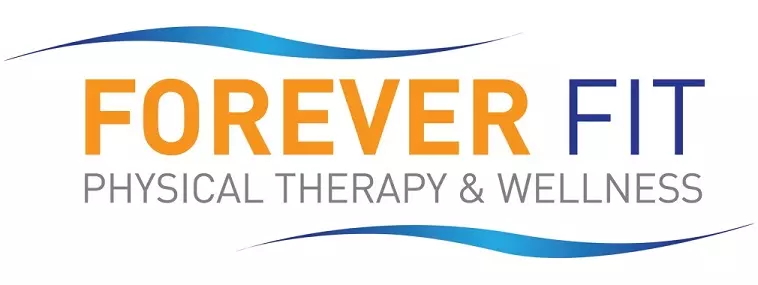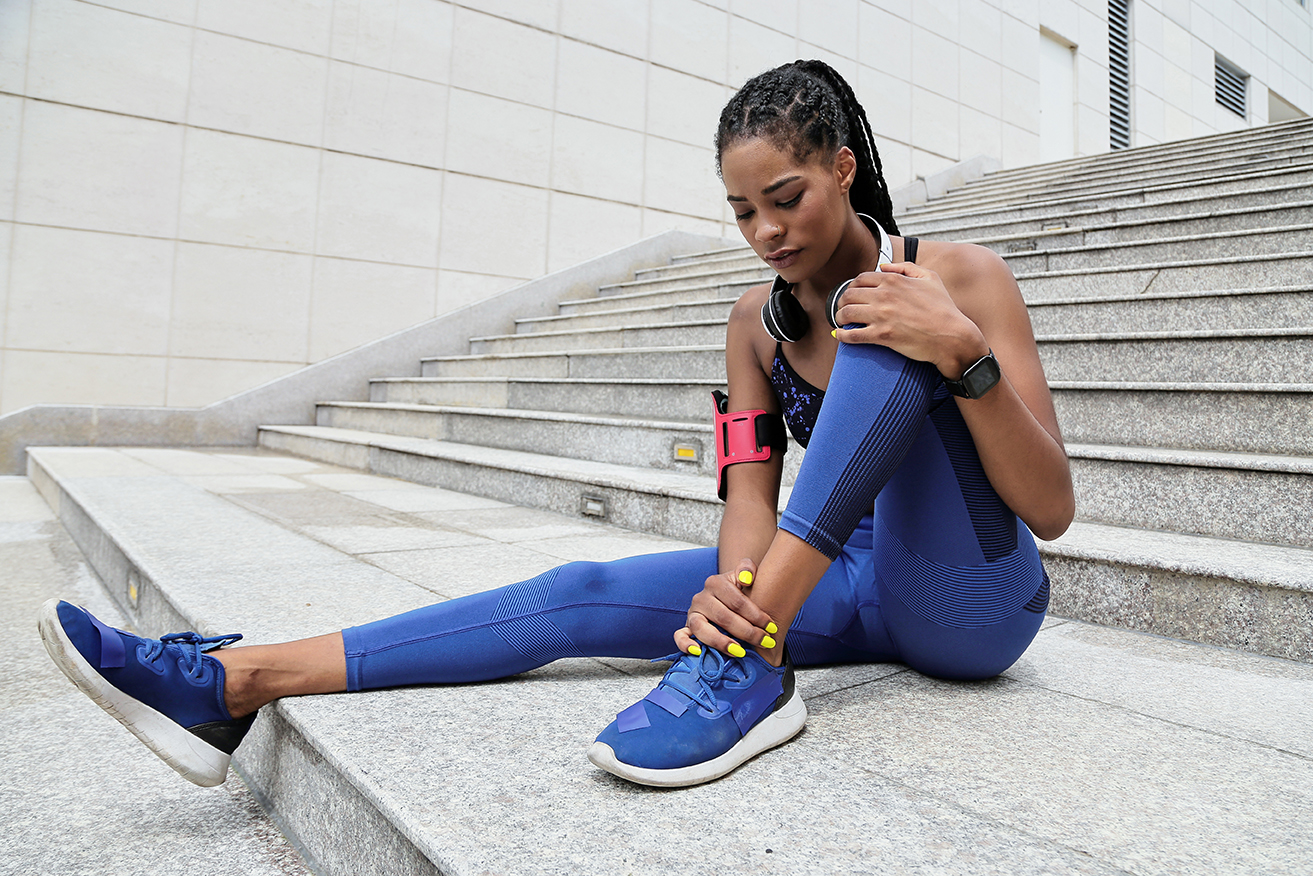Sports performance therapy is the art and science of achieving peak athletic performance — which sometimes includes recovering from injuries. While you can’t rush natural healing processes, you can give your body everything it needs to make a full recovery.
You can also manipulate tissue to improve circulation and remove tension and blockages that might be in the way. That’s what physical therapists do. Seeing a PT and sticking to your treatment plan is the best way to get back in the game as soon as possible.
Taking the time to rest and rebuild at the right pace can be challenging for athletes. However, pushing yourself can lead to reinjury and make your recovery time even longer. If you follow your PT’s recommendations, you’ll be more likely to come back stronger than before.
In this article, we’ll walk you through the six steps of sports injury rehabilitation that will help you heal your injury so you can return to play.
6 essential steps to speed up your sports injury rehabilitation process and get back on the field
Each athlete and each injury is unique. Depending on your condition, it could take anywhere from a few weeks to several months to heal. One of the most important things you can do is to recognize when you need medical attention.
Even if it’s not an acute injury or an emergency situation, getting treatment sooner rather than later can improve your outcome. If your pain gets worse, doesn’t go away or keeps coming back, you should see a physical therapist for an assessment.
Take the following steps to speed up your sports injury rehabilitation process:
-
Accurate diagnosis and immediate management
Early intervention can make all the difference in your recovery. If playing causes you pain, you should stop and see a physical therapist. To care for soft tissue injuries at home, we recommend PEACE and LOVE. PEACE stands for protection, elevation, avoiding anti-inflammatories, compression and education. LOVE stands for load, optimism, vascularization and exercise. You should increase your daily load as your pain allows, and vascularization means moving your body.
-
Pain and inflammation control
Using ice, heat, compression and elevation at home can help you manage pain and inflammation while you’re healing. Your PT can use modalities such as manual therapy to provide relief and facilitate tissue repair.
-
Restore mobility and flexibility
Therapeutic exercise and movement can help you restore your range of motion and flexibility, promoting healthy movement and healing in the soft tissue. Your PT may also use the Graston Technique®, dry needling or other treatments to get stiff tissue moving again.
-
Progressive strength rebuilding
You can’t jump back into training at the same intensity you had before your injury. Your PT will create a training program to help you rebuild your strength gradually and safely. They’ll monitor your form and your progress to keep you on track and make sure you’re not overworking yourself.
-
Sport-specific movement patterns and neuromuscular control
Raw strength and flexibility are the basic building blocks an athlete needs, but there are other skills you’ll need to be competitive in your sport. Your PT will take you through sport-specific exercises for proprioception, balance and agility. This methodical training will help you improve your performance and prevent reinjury.
-
Return-to-play testing and maintenance programming
When you’re getting close to your pre-injury abilities, your PT will do an assessment and advise you on when you can return to sport. They may set you up with an ongoing maintenance plan to help you manage any remaining deficits and stay in great shape. If you’re feeling anxious about playing again, especially if you play extreme sports, your PT can help address your concerns.
Start recovering from your sports injury with help from Forever Fit
When it comes to sports injuries — or really any injury — you can’t skip or rush through any of the steps in the recovery process. Communicating clearly with your care providers about the symptoms you’re noticing and your activity level will help ensure you receive the most timely and effective treatment. If you have questions about their instructions, don’t hesitate to ask or reach out between sessions.
Many athletes don’t realize that you don’t even need to be injured to see a physical therapist. Sports performance therapy includes all aspects of your performance, from strength training and skill work to preparing for competition. We work with athletes at all levels at Forever Fit, including people who just play to stay fit or for the love of the sport.
Our PTs take the time to listen to you and work with you to create a plan you can stick to. We work to understand the likely causes of your pain so we can provide natural treatments that work.
Our team is here to help you take control of your body again after a sports injury! Call us today or fill out our online appointment request form to get started.

